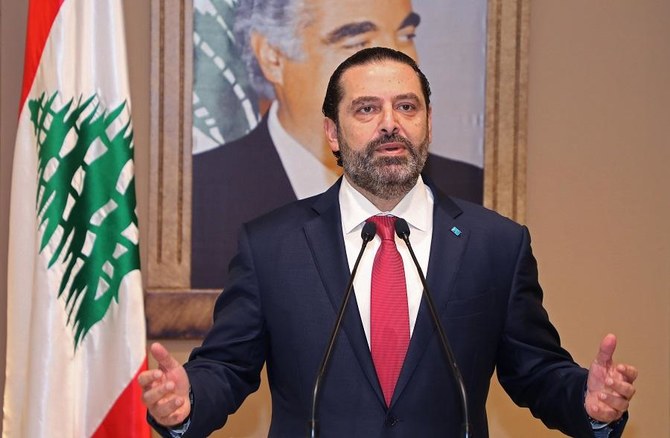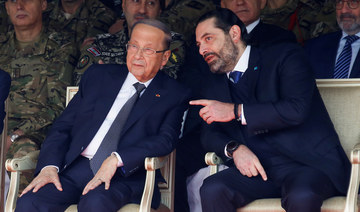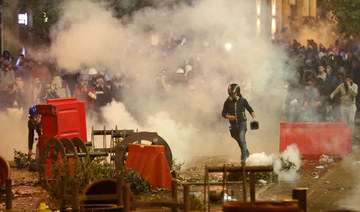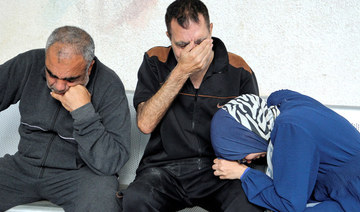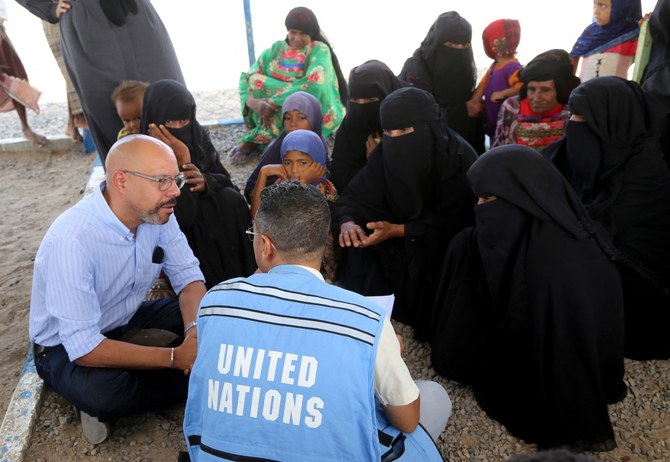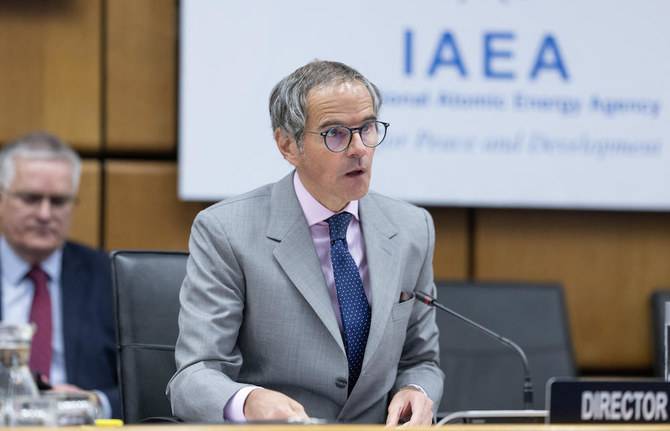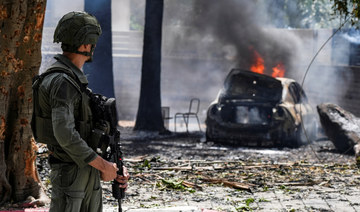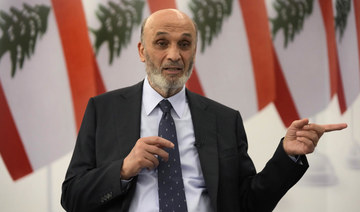BEIRUT: Lebanon’s president started consultations Thursday to pick a replacement for Saad Hariri, who resigned seven weeks ago under pressure from an unprecedented wave of protests.
Hassan Diab, a professor at the American University of Beirut and a former education minister, was tipped by Lebanese media as Hariri’s likely successor.
A new government is urgently needed to tackle a spiralling economic crisis which has left the country teetering on the brink of default.
President Michel Aoun launched the twice delayed official talks to designate a new prime minister after Hariri announced on Wednesday he would not seek to keep his job.
The 49-year-old had in recent days been seen as the most likely choice to head a technocrat-dominated government but he announced late Wednesday he was pulling out.
Hariri's Future Movement will not be participating in the next government, a source close to Hariri and Lebanese media said.
Hariri, resigned on October 29, nearly two weeks into a nationwide cross-sectarian protest movement demanding the wholesale removal of a political elite seen as corrupt and incompetent.
Lebanon has been ruled by the same political clans and families since the 1975-1990 civil war and protesters have pushed for a technocratic government.
“I have strived to meet their demand for a government of experts, which I saw as the only option to address the serious social and economic crisis our country faces,” Hariri said in a statement.
But he explained that his designation for a third term as prime minister had drawn too much opposition from his political rivals.
Hariri has cast himself as a champion of economic reform held hostage by unwilling coalition partners, but protesters see him as a product of Lebanon’s hereditary politics.
Lebanon’s top politicians started trickling into the presidential palace on Thursday morning for consultations with Aoun, raising hopes that an announcement was imminent.
The power-sharing system that was enshrined after the end of the civil war means that the prime minister’s position should be filled by a member of the Sunni Muslim community.
Lebanese media named the new frontrunner as 60-year-old Hassan Diab, a vice president at AUB who held the education portfolio between 2011 and 2014.
“Hassan Diab is the new prime minister in charge of forming a government,” the An-Nahar newspaper said on its front page.
Others were less affirmative and top Sunni politicians stopped short of declaring their support for Diab, whose designation local media reported was backed by the powerful Shiite group Hezbollah.
Diab’s previous and only tenure as a minister was in a government formed after Hariri’s cabinet was brought down by Hezbollah and its political allies.
While the huge crowds that filled the squares of Beirut and other Lebanese cities two months ago have dwindled, the protest movement is still alive and keeping politicians in check.
The candidacy of a billionaire who was presented as an alternative to Hariri was quickly shut down by angry crowds last month and attempts by MPs to pass contested laws were thwarted by demonstrators blocking access to parliament.
The past few days were marked by a spike in tensions on the ground, with counterdemonstrators supporting Shiite parties Amal and Hezbollah clashing with security forces.
Protesters say their ranks are routinely infiltrated by thugs hired to discredit their movement.
Tensions have been further heightened by the looming bankruptcy of the debt-ridden Lebanese state, with banks unable to respond to a stinging liquidity crunch.
The Lebanese pound, officially pegged to the US dollar, has lost around 30 percent of its value on the black market.



